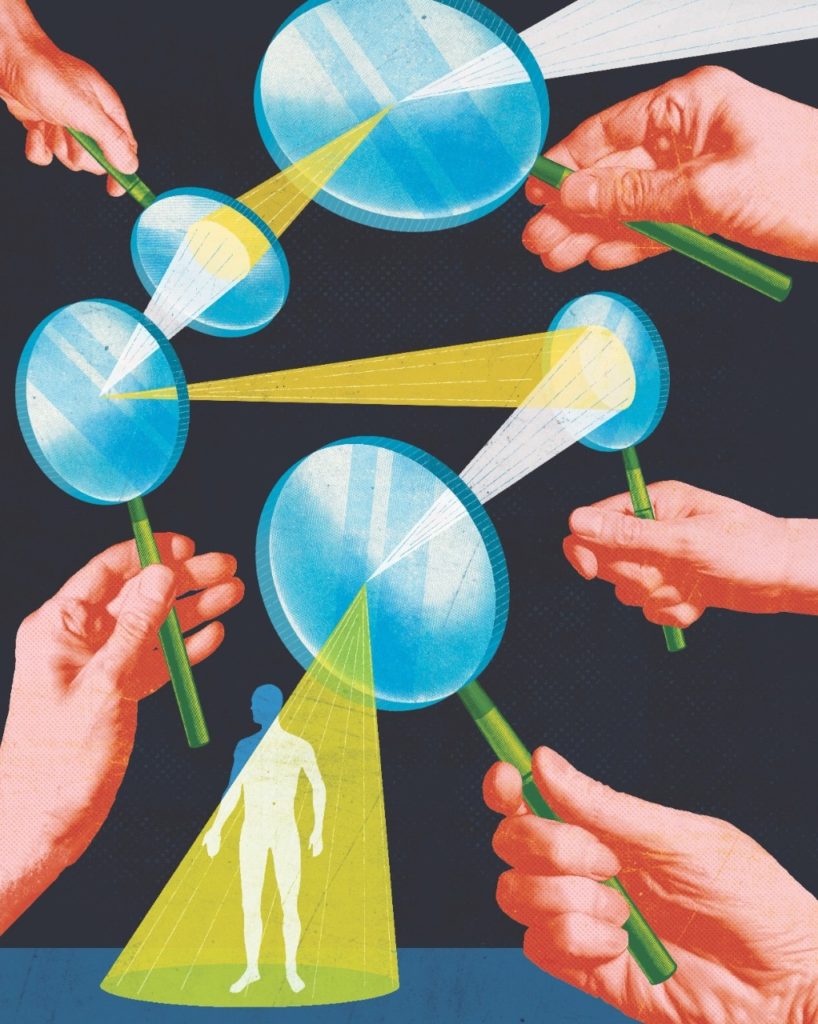Cracking tough cases
Detective doctors have diagnosed more than 100 unsolved cases and named 31 newly identified conditions, helping patients who have sometimes waited years for answers.

A group of sleuthing doctors has diagnosed 132 previously unknown diseases in patients whose ailments had gone unnamed for years.
“We do this Sherlock Holmes-like detective work-up by carefully observing, gathering information and asking pointed questions, but we’re also pairing that with the most advanced genomic technologies to try to solve their case,” said Euan Ashley, MD, professor of medicine and a physician in the Undiagnosed Diseases Network, which the National Institutes of Health expanded from an existing program in 2014.
The group has diagnosed roughly 35 percent of the 382 ailments they have analyzed, according to a study by scientists at Stanford and other research centers.
“Some of these patients had been waiting decades to put a name to their illness” and are relieved to finally know what they’re up against, said Ashley, lead author of the study published Oct. 11 in The New England Journal of Medicine.
Having a diagnosis led to new actions — such as different therapies, testing and family screening — in 80 percent of the cases diagnosed, he said.
Senior author Kimberly Splinter, associate director of research operations for the network’s coordinating center and a genetic counselor at Harvard Medical School, said the group hopes the work will “provide a compelling case for adopting some of the network’s diagnostic approaches” when treating rare conditions.
